[PConline Review] Since its inception, the Fuji X100 has been in its sixth year. It was originally a retro image of a parrot-like camera, the color tone of Fuji film, and the size of a mini-camera. The second-generation X100S, the third-generation X100T and the latest 4th-generation X100F are introduced. The hardware strength is enhanced in the classic model, and the X100 series is gradually perfected. Today, Fuji X100F is the latest addition to Fujifilm. The black technology in this compact body, here we take a look at how exciting the new X100F!
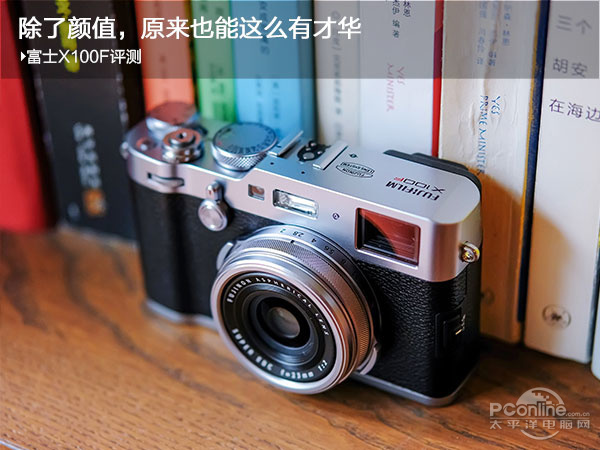
Fuji X100F retro-free camera reference price: read in... image reviews quote parameters overview
First, after the first evaluation: strengthen performance, create a classic
When Fujifilm introduced the first X100, it laid the overall tone of the X100. The color tone of the silver metal and black litchi skin continued to this day. In an instant, seven years later, the shape of the X100F is still the same, and it is still the axis. Film camera design style, still use the classic optical structure, slim body, can not change the lens design, electronic viewfinder and optical viewfinder balance, human photography 23mm F2.0 lens, etc. Continuation.
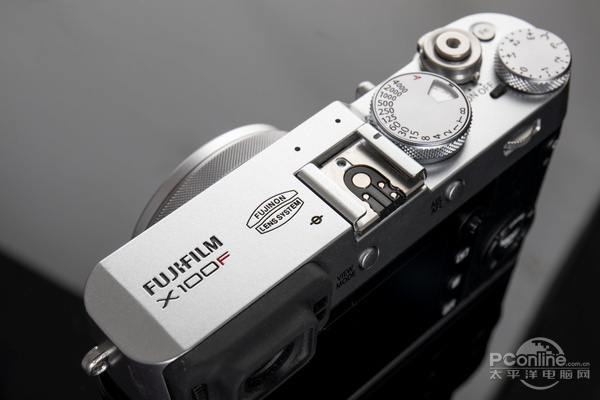
Although this is a retro camera, but it is not immutable. In the past, Fuji has been trying to change, improve user quality, from the X100 to the second generation X100s, pixels from 12 million pixels to 16.3 million pixels, the quality has improved significantly And in the X100s to X100T, the overall minor modifications, enhanced viewfinder performance, added a series of auxiliary new features, allowing users to obtain a more complete experience; and to the fourth generation of the Fuji X100F, although the overall appearance of the change is not, However, the details have changed dramatically.
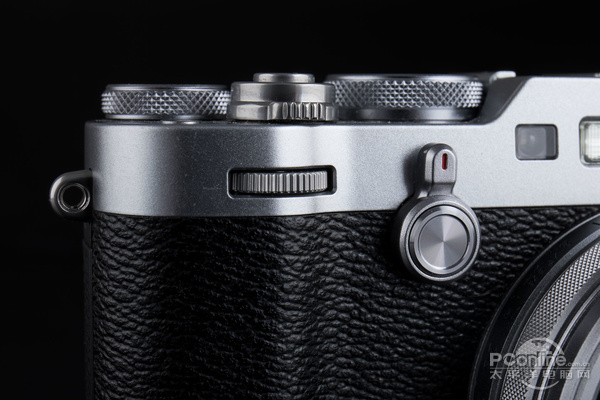
This time on the Fuji X100F, the APS-C frame image sensor with the same X-TransTM CMOS III as the X-Pro 2 and X-T2 above was used. The pixel size was 24.3 million pixels, and 325 on the X-Pro 2 The point-focus system is also brought to the X100F, and the new processor provides protection for better image quality. In terms of appearance, the overall control method has also changed, and it tends to be one-handed. Almost all the keys have been moved to the right-hand side. Carefully weighed down, the Fuji X100F is not only a small improvement, but a new look. Before our eyes.
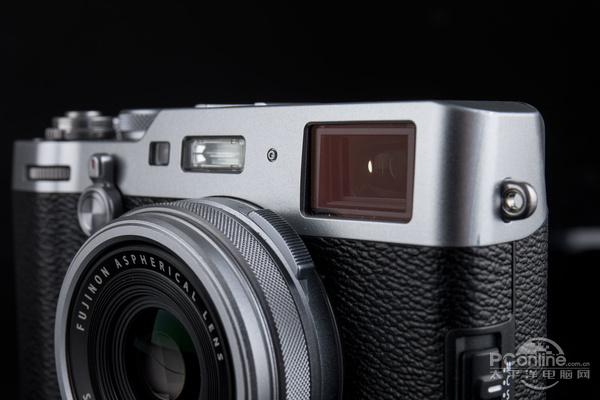
Fuji hopes to be closer to the photographer's heart. As a humanistic camera, the Fuji X100F boasts many praiseworthy places. Fujifilm's color tuning is an important selling point. Thanks to 80 years of film research experience, it has a unique advantage in film simulation. Even with JPG output, Fujifilm's colors and images can give one This very attractive effect saves a lot of post-production time.
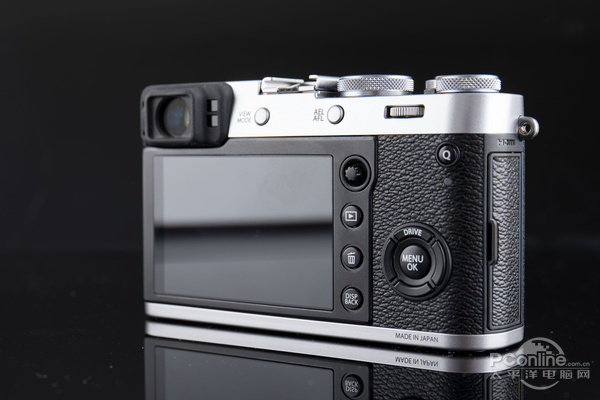
In addition, many past Fuji users Tucao X100 lack of autofocus performance in the past, this time joined the new focus system, the number of focus can be on par with the X-Pro 2 and X-T2 models, the old 49 The focus point expands to 91 phase detection AF areas, up to 325 points of hybrid AF. At the same time, the Fuji X100F's operating speed has been greatly improved. The overall ability to achieve a startup time of about 0.5 seconds, a shooting interval of 0.2 seconds, a shutter release delay time of 0.01 seconds, and a 0.08 second fastest AF, has a whole A good control experience, in actual experience, can not achieve our expected shooting results, I will conduct detailed tests below.
Second, the difference is very different, the bright appearance of the Fuji X100F
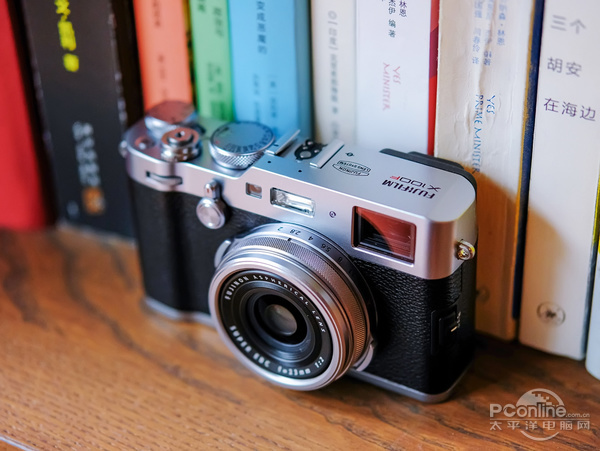
As a retro camera, the Fuji X100 series is often compared to a film camera. Some friends say that they are like Leica and some say like Hasselblad. Fuji merged a rangefinder film camera with a modern digital camera to create a unique Fuji X100. On the fourth generation of the Fuji X100F, there were many new changes. First, before the increase in the handle position. Runner.

Compared with previous generations, Fuji has added a new scroll wheel that is easy to operate at the handle, and the index finger can easily use this wheel to adjust the settings.

On the front of the Fuji X100F, there is an optical/electric hybrid viewfinder switch button. Turn right to switch the optical/electronic viewfinder mode and move it to the left to switch the focus window under the optical viewfinder.
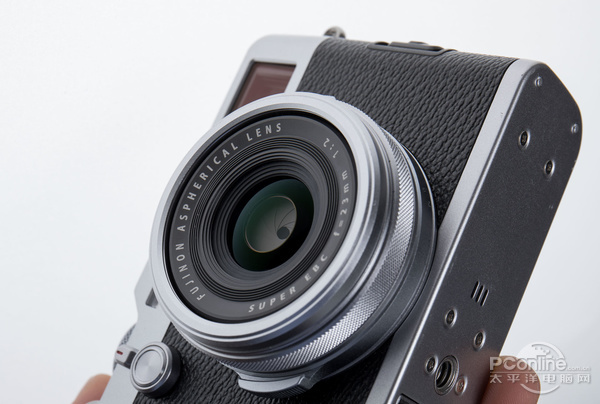
On the lens side, the Fuji X100F's lens is still a Fujinon 23mm F2.0 lens equivalent 35mm viewing angle, one-piece compact body. However, the Fuji X100F also supports the use of an adapter lens, easily transforming the focal length into a wide-angle or standard focal length. However, the transit environment needs to be purchased separately. On the Fuji X100F lens, there is a light green coating.
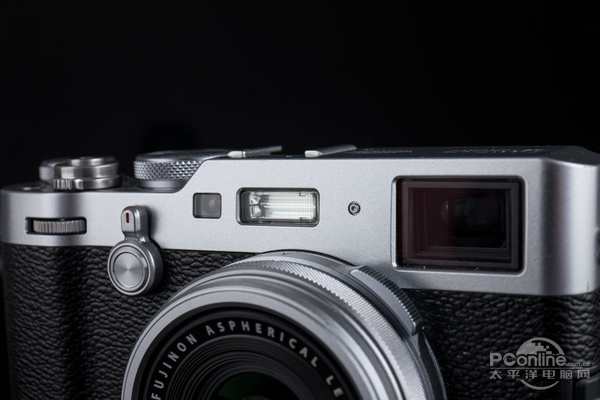
For the sake of beauty, the top cover is made of a one-time pressed silver aluminum alloy cover. The manufacturing process is very detailed, there is no gap between the skin and the aluminum alloy joints, no foreign body sensation is felt, and the screw is set inconspicuously. Fixed position to prevent the cover from falling off, both beautiful and practical.
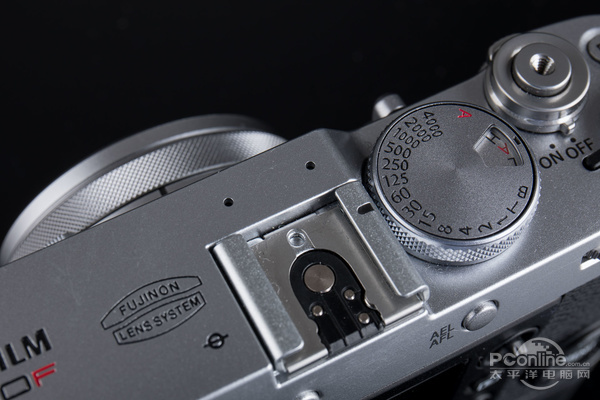
Compared with the previous generation, the shutter dial on the Fuji X100F, adding ISO adjustment dial, more convenient light adjustment needs. This also follows the design on the X-Pro2. Use more smoothly, there will be no extra one turntable.
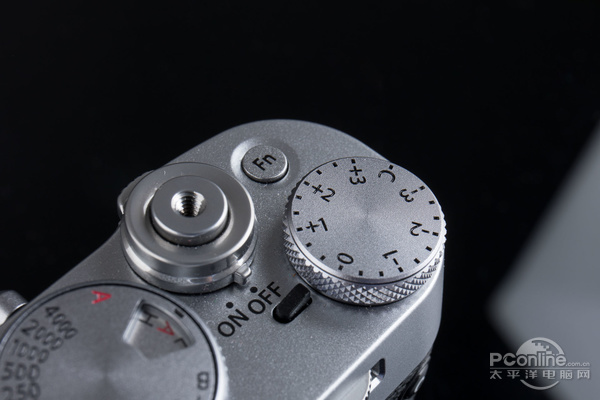
On the Fuji X100F, the exposure compensation dial was added to the command dial, and the dial was set to the “C†position. Use the front dial to perform exposure compensation adjustments, or to expand the exposure compensation range to ±5 stops. Operation close to modern cameras.
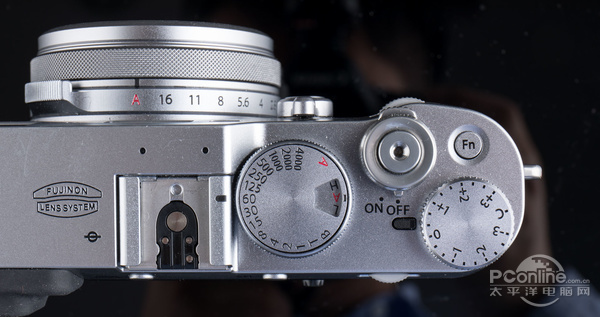

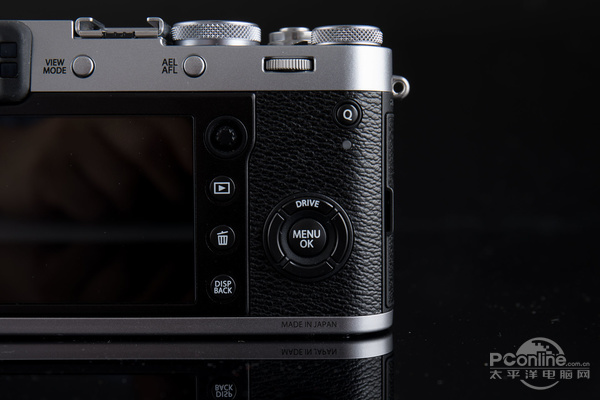
On the back of the Fuji X100F, the key layout has changed a lot. No buttons are set on the left side of the screen. Most common buttons and dials are concentrated on the right side, allowing users to quickly change the camera while firmly holding the camera. The setting is more suitable for one-handed camera shooting and quick shooting in complex environments.
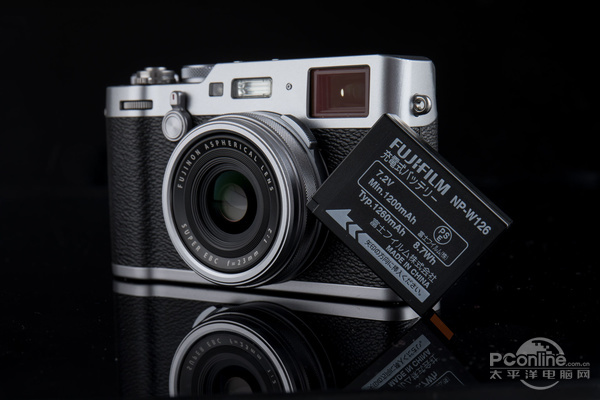
In terms of endurance, the Fuji X100F uses an NP-W126 battery, which is more powerful and versatile. The new Fuji X-Pro 2, Fuji X-T2, and Fuji X-T20 cameras are also available. The same model is used. The battery is universal for the whole series and the upgraded parts are inherited conveniently.
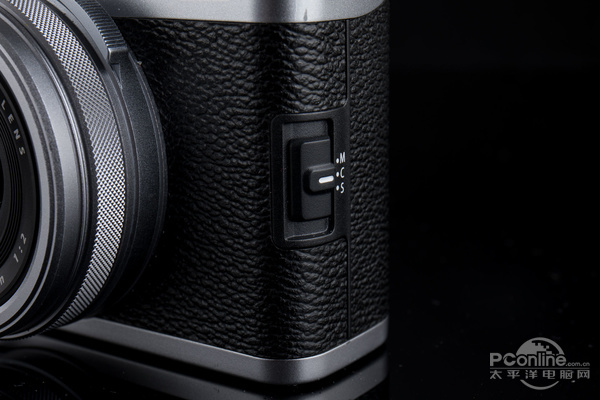
On the left side of the Fuji X100F, there is an auto-focus mode switch button that enables manual focus, auto-link focus, and auto-lock focus mode switching. The less frequently used continuous focus function is set in the middle and the chance of misoperation is reduced.
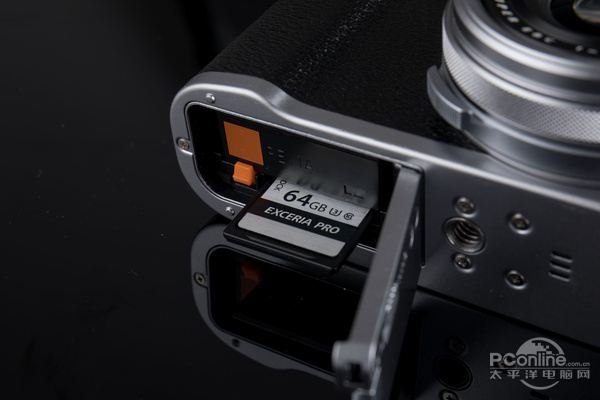
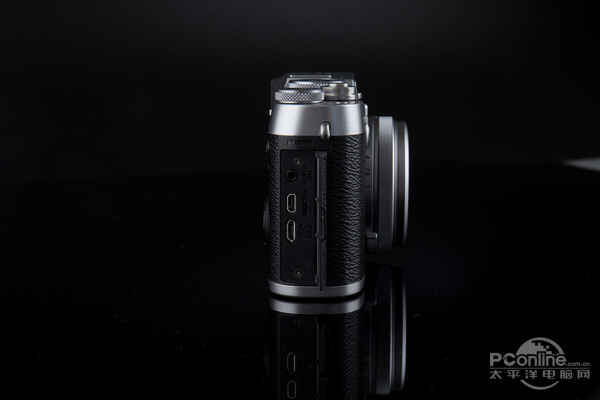
On the left side of the Fuji X100F, there is an HDMI, USB, and microphone connector that can be charged via the micro USB interface. The memory card slot is set in the same cover with the battery.
Third, Fuji X100F basic test
1, sensitivity test
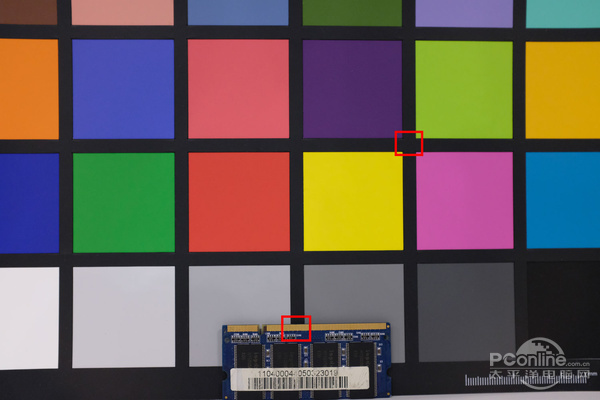
The following screenshot shows the red box as shown above
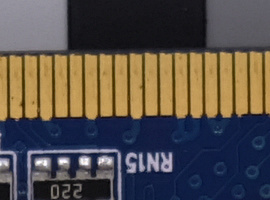
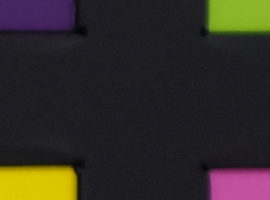 200
200 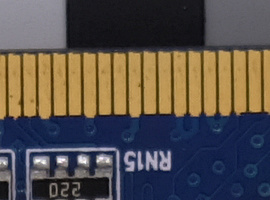
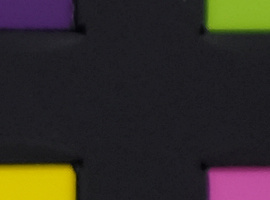 400
400 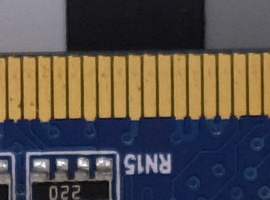
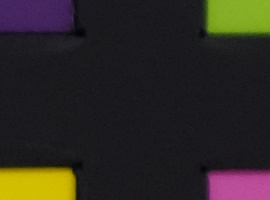 800
800 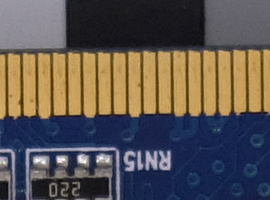
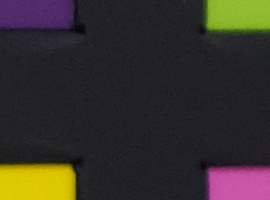 1600
1600 
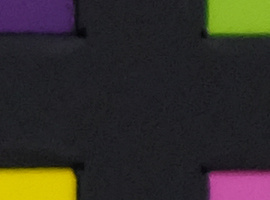 3200
3200 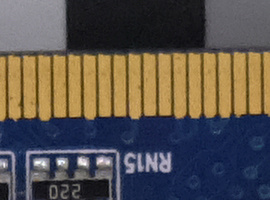
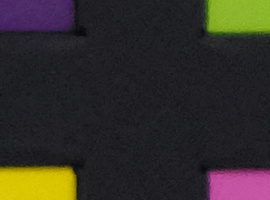 6400
6400 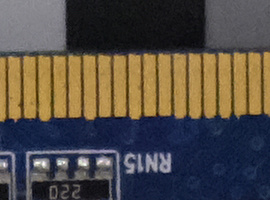
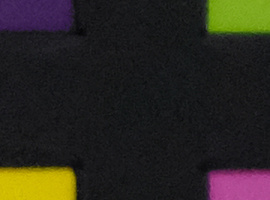 12800
12800 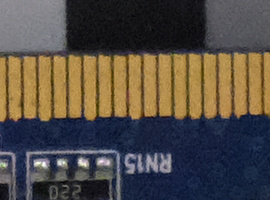
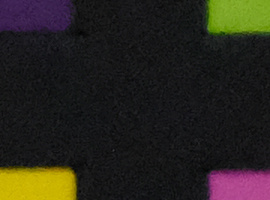 25600
25600 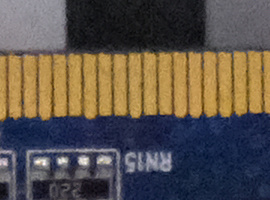
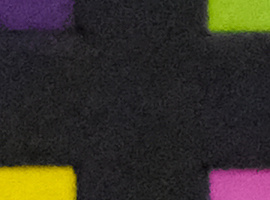 51200
51200 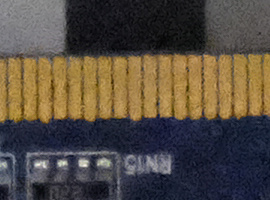

Fuji X100F compared to the old Fuji X100T, the new sensor is mainly to enhance the upgrade of the pixel, the pixel is raised, the overall picture quality has not declined. At the highest ISO 25600 (extension), many details of the picture can be preserved, which is quite rare in the APS-C format camera. The actual test, in the following ISO3200 has a relatively pure picture, high-sensitivity picture quality is awesome, which means that in order to improve the shutter speed when snapping, the sensitivity setting can not worry about the picture quality deterioration constraints, feel free to improve the sensitivity Use it. Of course, the image quality has not yet really competed with full-frame cameras, but it is already very close to the full-frame level, and the retention of details is even better than some full-frame cameras.
2, 24.3 million pixel sharpness
Fuji X100F compared to the old Fuji X100T, using the latest generation of X-TransTM CMOS III image sensor, the pixel reached 24.3 million pixels, higher resolution, so the resolution of the camera lens has a higher Claim.

The following screenshot shows the red box as shown above
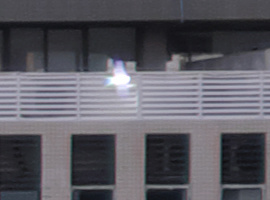
 2.8
2.8 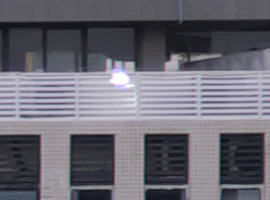
 4.0
4.0 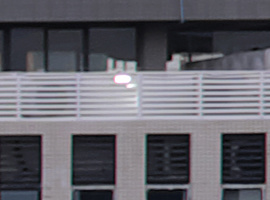
 5.6
5.6 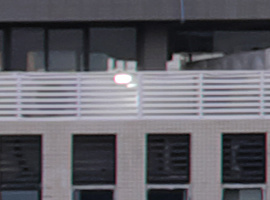
 8.0
8.0 
 11
11 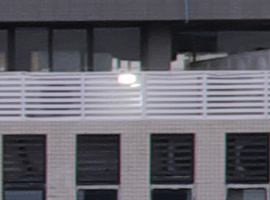
 16
16 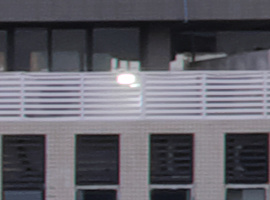

Although the Fuji X100F has not undergone a revolutionary upgrade in terms of optical structure, in the actual evaluation, the quality of this lens on the Fuji X100F is also very high, and it is entirely possible to control this pixel-elevated sensor. In the actual test results, the Fuji X100F has a very good image quality in terms of imaging quality. On the center imaging, full-aperture F2.0 aperture is fully available, has a very high image quality, the highest resolution in the F8 aperture, basically the aperture There is no pressure within F11. On the edge of the imaging, it is lower than the middle part, but it does not fall down. When the aperture is reduced to F5.6, the problem of insufficient edge sharpness is solved. In general, the Fuji X100F lens The resolution can meet most daily shooting needs.
3, glare

The following screenshot shows the red box as shown above
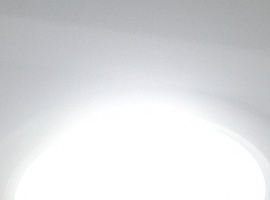
 2.8
2.8 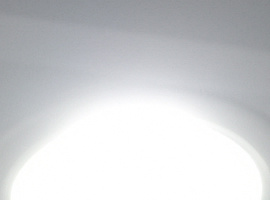
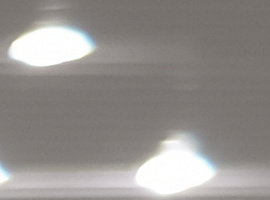 4.0
4.0 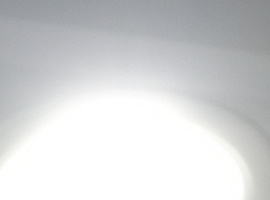
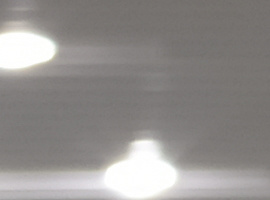 5.6
5.6 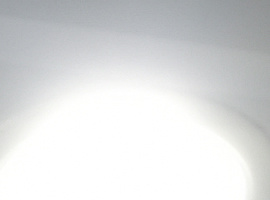
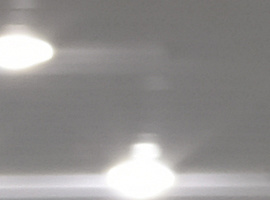 8.0
8.0 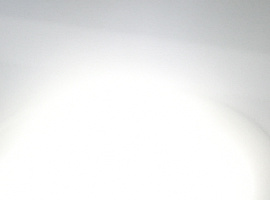
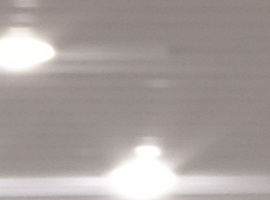 11
11 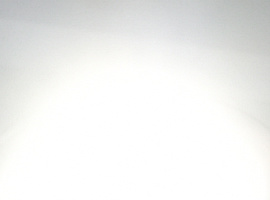
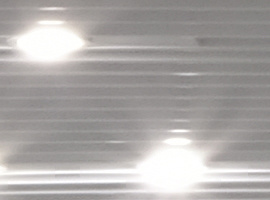 16
16 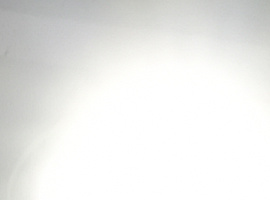
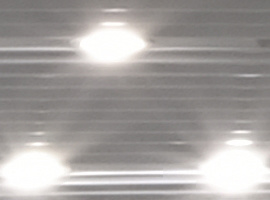
Although the Fuji X100F lens is very small, but the compact lens does not mean that the picture quality is not to force, in the case of purple fringe, we can see that the Fuji X100F almost can not see the obvious purple fringe, only seen in the edge part Yes, after narrowing the aperture to F4.0, the problem of purple fringing completely disappeared.
Fourth, Fuji X100F selling function
1, film simulation
In the Fuji X100F, has a variety of film simulation effects, PROVIA / standard, Velvia / high saturation, ASTIA / soft, ACROS / black and white mode, CLASSIC CHROME soft mode, Pro Neg.Hi professional negative simulation, black and white filter, SEPIA brown In addition to the above, there are some creative filter functions that help users create art and have more playability. Here we will compare the different shades of different film simulation modes.
Fuji X100F tone effect under different film simulations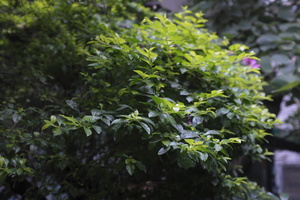
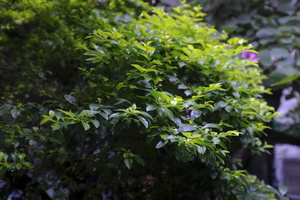 PROVIA/Standard Velvia/High Saturation
PROVIA/Standard Velvia/High Saturation 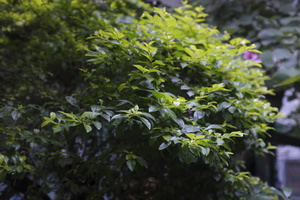
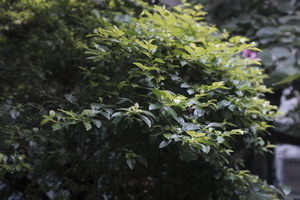 ASTIA/Soft CLASSIC CHROME Soft Mode
ASTIA/Soft CLASSIC CHROME Soft Mode 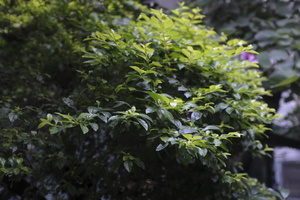
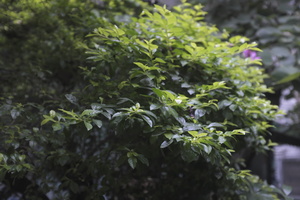 Pro Neg.Hi Professional Negative Simulation Pro Neg.Std Professional Negative Simulation
Pro Neg.Hi Professional Negative Simulation Pro Neg.Std Professional Negative Simulation 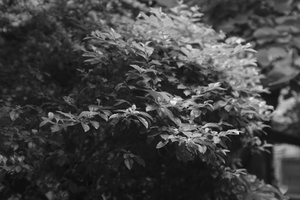
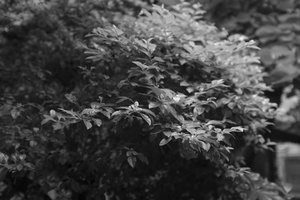 ACROS/Black and White Mode Black and White Filters
ACROS/Black and White Mode Black and White Filters 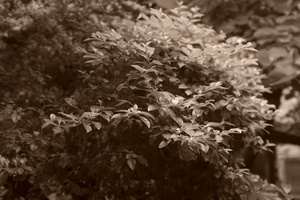 N/A SEPIA Brown Mode N/A
N/A SEPIA Brown Mode N/A Thanks to 80 years of film research experience, it has unique advantages in film simulation. Even if the Fuji X100F is JPG, the color and image of the Fujifilm camera can give people a very attractive effect, in many effects. When Xiao Bian and Xiao Bian liked the classic Velvia/High Saturation and ACROS/Black and White modes, these two film modes were the closest to the film effect and achieved very good results, especially in the grainy sense of the film. The Fuji X100F gave you the best results. Real restoration.
2, hybrid viewfinder and focus test
On the Fuji X100F, an optical/electronic hybrid viewfinder is used to easily switch between shooting modes. For those who like what you see is what you get, you can use the electronic viewfinder, and for friends who like real lighting effects, you can use the optical Viewfinder, the two do not conflict, switching is simple, just need to use the index finger to swing the front of the camera lever, you can achieve switching. The viewfinder has high playability and is one of the selling points of the Fuji X100 series.
The Fuji X100F has a much faster focusing speed than the previous generation. Above the daily photographs taken by the humanities on the street, the focusing speed often affects the success rate of the capture. Therefore, the faster the focus, the more it can capture the most touching moment.
Fuji X100F Optical Viewing Assistant Box Shows Panorama
In the Fuji X100F optical viewfinder, open the small window in the lower right corner to display the electronic viewfinder shooting effect, no longer worry about the composition of the picture because of parallax, view the global shooting perspective in a small window, very convenient. Frame frame accuracy is better than the previous generation, but the optical framing is still not suitable for shooting macros, and the parallax will be relatively large. It is better to use the electronic viewfinder to take close-up images.
Fuji X100F Optical Viewing Auxiliary Frame Shows In Focus Magnified Area
When the Fuji X100F optical viewfinder, the small window in the lower right corner can switch to the zoom display of the focus frame, used to confirm whether the focus is in focus, this is very important when manually focusing, neither affecting the composition of the optical viewfinder, but also Accurate manual focusing can be achieved. The display in the lower right corner can be switched by pressing the button on the front panel lever. When in use, the eye can operate without leaving the viewfinder.
3,325 point phase difference focusing system
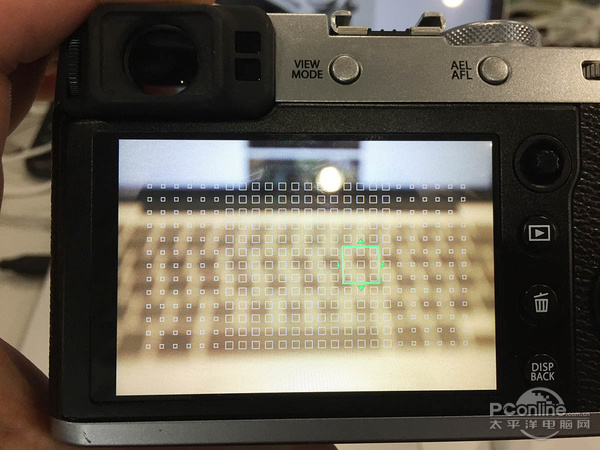
Thanks to the use of the new focus module system, the Fuji X100F uses a 325-point autofocus system that can cover most of the focus area to nearly 80% of the area. This point is a lot more advanced than the previous generation, and the addition of a focus selection joystick, select the focus is more comfortable, and SLR camera operation is similar.
Five, Fuji X100F really making proofs

Aperture: F2 shutter: 1/256 sec ISO: 800 (Click to view original image)
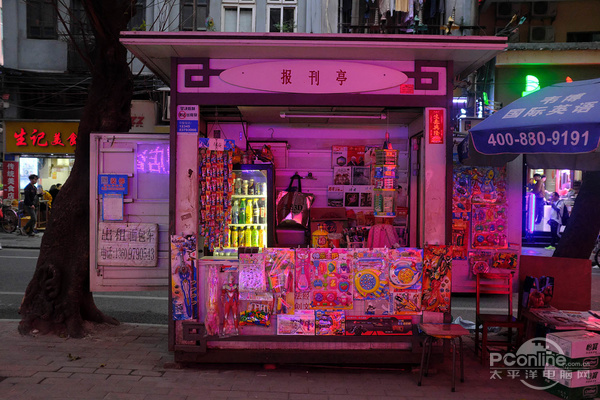
Aperture: F2 shutter: 1/256 sec ISO: 3200 (click to view original image)

Aperture: F2 shutter: 1/1024 sec ISO: 400 (click to view original image)

Aperture: F2 shutter: 1/256 sec ISO: 3200 (click to view original image)
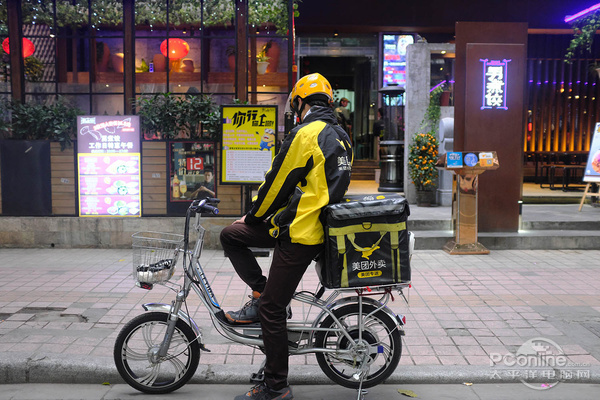
Aperture: F2 Shutter: 1/256 sec ISO:2000 (Click to view original image)

Aperture: F2.2 Shutter: 1/256 sec ISO: 640 (Click to view original image)
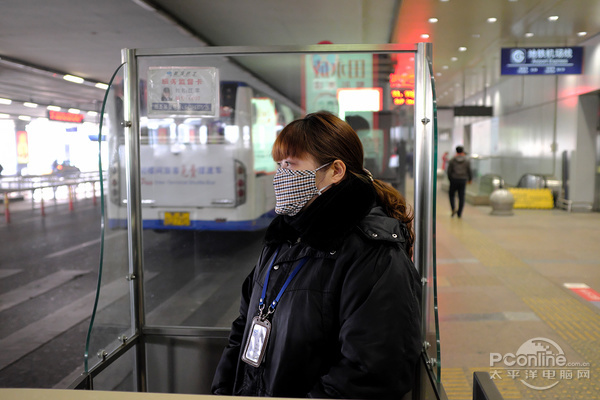
Aperture: F2.2 Shutter: 1/512 sec ISO: 3200 (Click to view original image)

Aperture: F2 shutter: 1/256 sec ISO: 800 (Click to view original image)

Aperture: F2.2 Shutter: 1/256 sec ISO: 1250 (Click to view original image)
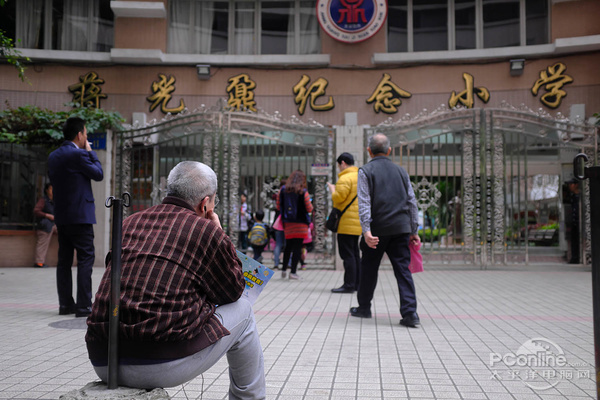
Aperture: F2.2 Shutter: 1/256 sec ISO: 800 (Click to view original image)

Aperture: F2.2 Shutter: 1/256 sec ISO: 640 (Click to view original image)

Aperture: F2 shutter: 1/128 sec ISO: 250 (click to view original image)
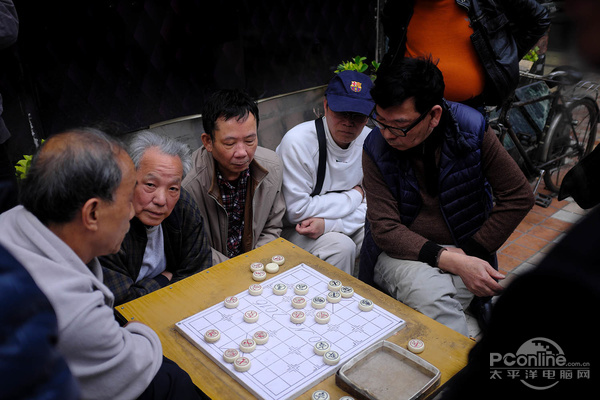
Aperture: F2 shutter: 1/256 sec ISO: 500 (Click to view original image)

Aperture: F2 Shutter: 1/64 sec ISO:250 (Click to view original image)
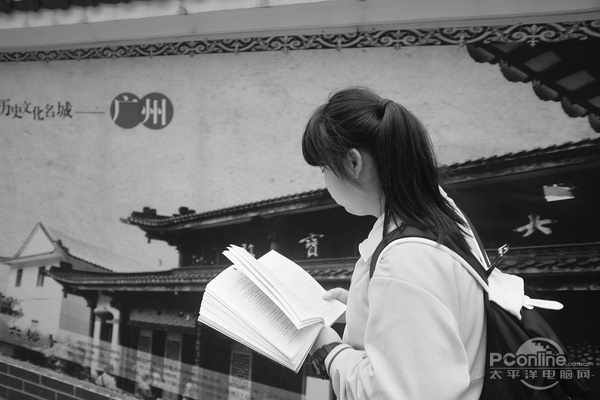
Aperture: F2.2 Shutter: 1/256 sec ISO:500 (Click to view original image)
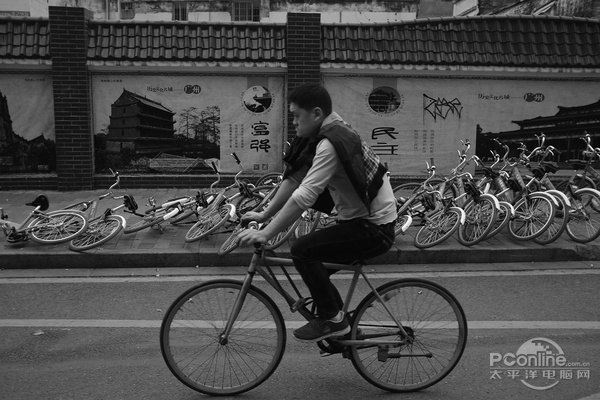
Aperture: F2.2 Shutter: 1/256 sec ISO: 250 (Click to view original image)
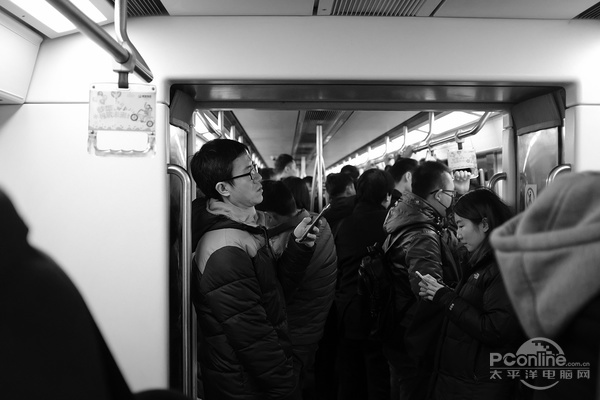
Aperture: F2 shutter: 1/256 sec ISO: 3200 (click to view original image)
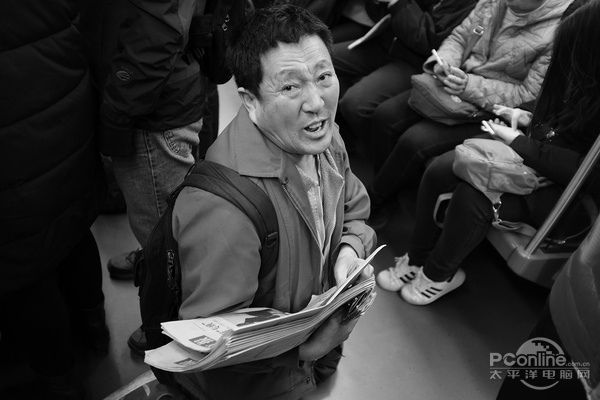
Aperture: F2 shutter: 1/256 sec ISO: 3200 (click to view original image)
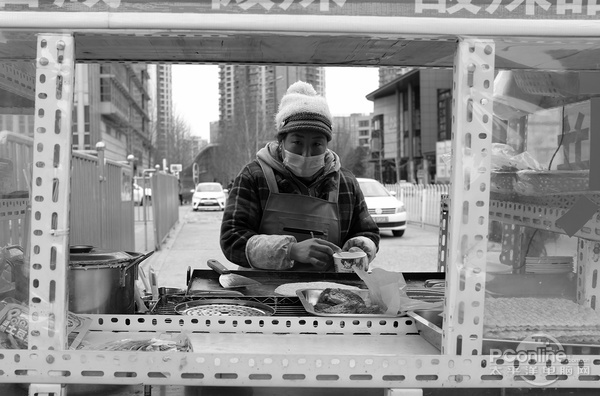
Aperture: F4.4 Shutter: 1/256 sec ISO: 200 (Click to view original image)
Fuji X100F shoots sharp details or color performance is very Fuji, with some of the characteristics of Fuji, the equivalent 35mm focal length is indeed very suitable for shooting human photos, colorful but not oversaturated. The black-and-white film simulation also restored the film's unique contrast. The black and white fields performed well and the photos were not gray.
Seven, PConline evaluation room reviews
Fuji X-100F advantages and disadvantages summary advantages and disadvantages5,325-point focusing system
2, failed to support 4K video recording
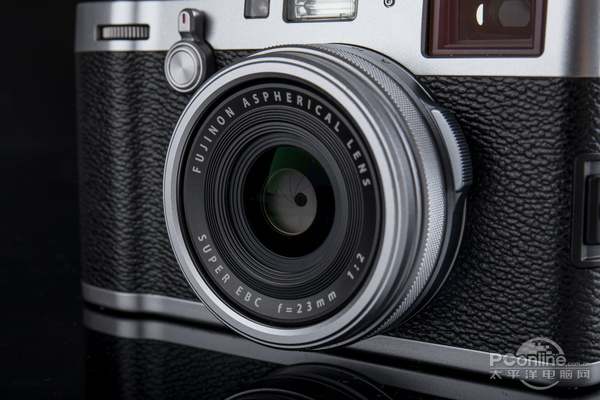
Fuji X100F as a fourth-generation X100 series of high-end portable cameras, appearance, as always, continues the blood of the X100 series, although the positive changes are not large, but Fuji also understands the true needs of this group of minority photographers, new additions The ISO/shutter 2-in-1 dial and single-handed operation mode make us more convenient to operate and the operational pleasure has become higher; and the intrinsic performance has been greatly improved from 16.3 million pixels to 24.3 million. The post-processing is also more handy, and the 325-point focusing system has made up for the previous product's regret and added a variety of film simulation capabilities. In addition to making up for previous product shortages, it once again consolidated the status of Fuji X100 series in the hearts of photographers.
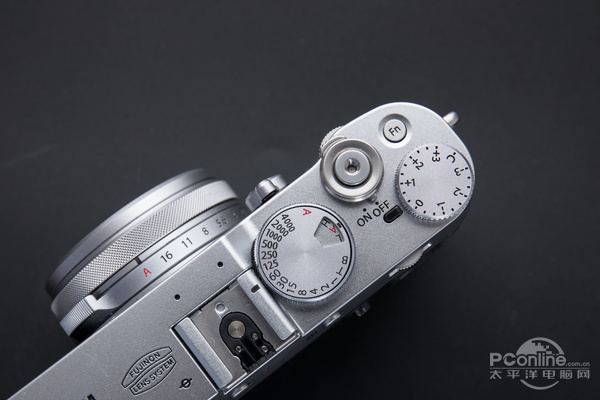
The price of the Fuji X100F is 8,800 yuan. As a humanistic camera for both internal and external use, this is definitely a new tool for humanistic photography, worthy of this price. The compact body and high-quality imaging have a magical effect for friends who like street photography and humanistic creation. They not only miss the moving moment, but also obtain a high-quality image. They will participate in photography contests and newspaper submissions in the future. The premise of selling pictures and so on is clear and excellent pictures. Fuji X100F can replace only a lot of things with just one camera, and can also change different equivalent focal lengths through adapter rings, which makes it more flexible to use.
Fuji X100F different ISO noise test ISO screenshots screenshot two 100
 200
200 
 400
400 
 800
800 
 1600
1600 
 3200
3200 
 6400
6400 
 12800
12800 
 25600
25600 
 51200
51200 
 Fuji X100F different aperture under the sharpness test ISO screenshot a screenshot of the second 2.0
Fuji X100F different aperture under the sharpness test ISO screenshot a screenshot of the second 2.0 
 2.8
2.8 
 4.0
4.0 
 5.6
5.6 
 8.0
8.0 
 11
11 
 16
16 
 Fuji X100F different aperture under the glare test ISO screenshots a screenshot of the second 2.0
Fuji X100F different aperture under the glare test ISO screenshots a screenshot of the second 2.0 
 2.8
2.8 
 4.0
4.0 
 5.6
5.6 
 8.0
8.0 
 11
11 
 16
16 
 Fuji X100F tone effect under different film simulations
Fuji X100F tone effect under different film simulations 
 PROVIA/Standard Velvia/High Saturation
PROVIA/Standard Velvia/High Saturation 
 ASTIA/Soft CLASSIC CHROME Soft Mode
ASTIA/Soft CLASSIC CHROME Soft Mode 
 Pro Neg.Hi Professional Negative Simulation Pro Neg.Std Professional Negative Simulation
Pro Neg.Hi Professional Negative Simulation Pro Neg.Std Professional Negative Simulation 
 ACROS/Black and White Mode Black and White Filters
ACROS/Black and White Mode Black and White Filters  N/ASEPIA Brown Mode N/A Fuji X-100F Advantages and disadvantages Summary Advantages and disadvantages
N/ASEPIA Brown Mode N/A Fuji X-100F Advantages and disadvantages Summary Advantages and disadvantages 5,325-point focusing system
2, failed to support 4K video recording
Schneider Servo Motor Replacement
Kassel strives to create products that can replace imported Servo Motor brands. The installation size of Schneider Servo Motor Replacement is compatible with European and Japanese motors and can be quickly interchanged. The high dynamic and high precision position control adapts to the production rhythm of high tempo. Small and compact size, excellent flexibility to adapt to mechanical design. Widely used in medical equipment, printing industry, 3C electronics, automated production lines, textile machinery, service robots, logistics automation, packaging and printing machinery, etc.
Schneider Servo Motor Replacement,High Torque Servo,High Torque Servo Motor,High Power Servo
Kassel Machinery (zhejiang) Co., Ltd. , https://www.kasselservo.com